Whilst we still hold the Reggio Approach close, we do not claim to be a Reggio Nursery because we believe that you cannot just take an approach from one place and exactly replicate it in another. We take inspiration from it and many other things and have added our own quirks, theories and experiences along the way to develop our own ‘Little Learners Approach’.
What does that word ‘approach’ mean? And do you have your own?
It’s a funny word that gets thrashed around a bit and sometimes used in the wrong context, but used correctly it is the perfect way to describe your way of working with children when your whole team is striving for the same things. When your vision and purpose is shared with all those working alongside you. When it is a way of working that you cannot see past, you cannot imagine anything different and it becomes part of your very existence. Something that as a team you have worked together to develop through trial and error and are all passionate about its benefits for children. It’s about recognising that you are still learning; alongside your colleagues and the children. That’s an approach! It’s not about the resources you use, the colours in your environment or the way things are displayed – it’s the people in your environment and their beliefs.
Does this sound like you and your setting? Do you all strive for the same things? Have you developed a method that works for you and your children? Or are you working towards developing your own approach? There is inspiration everywhere you look now, particularly on social media. My one piece of advice is to be yourself, don’t try to imitate something or somebody else – what works for one, doesn’t work for another. Take inspiration and use your own experiences to test what works well. It is always nice as well to credit those that have inspired you, personally, knowing that our approach has inspired others is a lovely feeling and we are always overwhelmed to learn of it.
The Little Learners Approach
The Reggio Approach from Northern Italy, which is characterised profoundly by its commitment to child-led learning, sees children as confident and capable beings who are able to develop their own theories and create their own enquiries and test them, whilst educators research and learn alongside them. This filters through into our approach and as well as children testing their own theories and enquiries, as adults we enjoy testing our own and looking deeper into children’s patterns of learning, fascinations and questions to find an underlying common interest.
Often, our planning starts with a question. For example, our one-year-olds recently had a fascination with water. Our planning each week consisted of questions to try and establish exactly what was so interesting and whether it was actually a real interest or was there something else underlying. Questions such as: ‘Do we like cold or warm water?’, ‘Is it transporting water?’, ‘Is it messy play?’, ‘Is it mark-making?’ For each question, we would plan a range of activities and enhancements to the environment to test our theories in the hope of answering our questions. We don’t often get to the bottom of our questioning because it usually leads somewhere else – but it’s the journey that is magical.
Another important aspect of the Reggio Approach which we firmly believe in is that the environment is the third teacher. This doesn’t mean that our environments must be aesthetically pleasing – which I believe is a common misconception. Having neutral coloured walls, wooden toys and removing all the plastic from your environment does not make it the third teacher! There is so much more to it than that. To be a teacher, every interaction with a child must be purposeful and encouraging for the child. To be a teacher, you must provide an opportunity for children to learn and discover by themselves. To be a teacher, you must provide a loving place for children to be calm and relaxed and where their needs are met. This is no different whether we are talking about a human being teacher or the environment acting as a teacher.
Our teams lovingly set up the children’s learning spaces with attention to detail and passion. Every corner and space has a purpose, and every interaction with the environment is a learning experience for the child. Each play space is inviting and inspires children to delve deeper and provokes focus and engagement in child initiated, free play. Enhancements to the environment and adult planned activities are used to add depth and breadth to the children’s self-directed learning. Resources such as light boxes, projectors, overhead projectors, mirrors and shadow sheets support a calm and welcoming environment as well as adding new dimensions to the children’s play and explorations and creating thought-provoking experiences.
But above all, our environments are designed for the children, not the adults. They are not perfect, we have around 100 children a day in our nurseries – yes there is paint on the walls, stains on the floor and fingerprints on the mirrors. This is a second home to most of our children and even when they are not present you can see and feel them there because every space is enthused by their interests and passion for learning. We don’t believe in offering a clinical environment, of course, we have cleaners every day – but if the light box doesn’t scrub up perfect at the end of the day and the paint sticks to the OHP – is there really a problem?
I will briefly move on to the subject of resources as it feels an appropriate time. It is going wild out there in the early years sector, everyone is shifting towards the use of natural and/or reclaimed resources/loose parts. But does everybody fully understand the benefits or is it something we are doing because it is a current trend, or because your manager told you this is now how you roll. We have been using these resources since we first began, but more prominently for about 4 years, and they make up the majority of everything we have!
There is no doubt in my mind that a setting using natural and reclaimed materials, whose team fully understand why these resources are so valuable to children’s learning process, will see a much more focused group of children who are confident to try new things and use their imagination. These ambiguous resources promote exploration, discovery, creativity, imagination, resourcefulness and curiosity. What better way to learn about the world you live in than by exploring directly with it. Natural resources such as branches, pine cones, leaves, flowers, mud, dried and fresh fruit, bark, shells etc are used throughout our environments, indoors and out, as our everyday resources. They are open-ended and can literally be used for anything, but here’s just a few examples:
- art
- counting, adding and subtraction
- weight, size and shape
- using the objects to create the shapes of letters
- letter and number recognition with pebbles with letters or numbers written on them
- learning about textures
- imaginary play – representing one object for something else
- enhancing clay and sculpture work
- sorting
- understanding of the world
- learning about the four seasons
- fine motor skills activities
In addition to natural resources, our nurseries are equipped with loose parts, large and small, and reclaimed resources such as old wooden apple crates, cable drums, tyres, cardboard boxes, pallets, variety of tubing, wooden planks, CDs, pots and pans, utensils, nuts and bolts, pipettes, bandages, padlocks and keys…The list goes on, there are too many to name, but all equally valuable. Again these resources are open-ended and provide a wide range of opportunities for children to build on their skills. As practitioners we are quite resourceful and will literally ‘make something out of nothing’ and we encourage and support our children to do the same by using their creativity and imagination.
When it comes to toys, we do have some, usually in the form of blocks of various sizes for construction, wooden or plastic animals and cars for imaginary play and baby dolls. Rather than plastic food and tea sets for role play, we use real food and real tea sets. A plastic apple has very limited capability of educating a child, but a real apple…well you think of the opportunities available. However, sometimes plastic can be fantastic, not all plastic needs to be ‘binned’ as a lot of people believe. It’s all about the benefit each toy or resource provides to the children, and only you as a setting, following your approach, can decide what is valuable to your children.
I briefly mentioned about natural resources, I feel I should expand on this because it is more than just replacing some of our toys with sticks and stones. Using nature as a teaching tool is about being open-minded to the endless possibilities nature provides. It’s about having a love for the great outdoors and valuing everything you come into contact with and seeing its full potential. Allowing children to explore at a deeper level encourages a love for nature in all its glory.
A child that grows to love nature will always have a reason to appreciate life.
Adrianne Simeone
Being outdoors in the healthy and natural environment naturally presents new experiences such as the wind in a child’s face, a bird flying across the sky, the clouds moving, rainfall, trees moving in the breeze, the wet grass, the dry grass, the cool air, the insects, the flowers growing, the changing seasons (and the list goes on) which are second to none – something you cannot be taught, only experience.
Our love for nature and the great outdoors led us to Forest School and the magical journey that has taken us on. Forest school has only enhanced our love for nature further and has become a big supplier of resources for us; we often have the children walking back carrying a large branch between them. We have even had the children bring back an old rusty bike wheel before which they decided to paint and decorate and hang from the ceiling. Bringing the forest back to the setting has helped keep the special link between nursery and the forest alive. Our Forest School Leader practices mini forest school sessions within our nursery environment with babies through to preschool and plans occasional trips to the forest with all ages too. This is in addition to set forest school programmes.
Our passion for the great outdoors is so strong, that in the beginning of 2014 we opened our first outdoor classroom, where children are based by parental choice. This classroom is like any other classroom indoors except it is roofed by the sky. Children spend all their time in their outdoor classroom apart from set free flow times where they can venture inside if they choose, although you often still find them outdoors! When we opened our second nursery in Northampton, we also opened an outdoor classroom. Children truly flourish in our outdoor classrooms, their rate of development is phenomenal. At our Corby setting, after seeing how amazing our outdoor classrooms have been and the impact they have made, we decided to open another outdoor classroom, but this time slightly different. We invested in a yurt which is the base of the classroom and is located in our beautiful wildlife garden which also forms part of their classroom.
The outdoors presents new risks and challenges that children can negotiate and conquer and in turn, develop their confidence and self-awareness. We believe children need to be able to take risks in life, and in fact, everyday life presents risks to us all. Risk taking is not always physical and it may also be an emotional risk that a child (and in fact adults) have to take. One child’s physical risk is another’s easy conquest but then that same child finds it challenging to put their hands in paint. Learning to sit, crawl, walk, run, jump are all risks we have to take as we grow up so let’s not be afraid and embrace risky play.
The more risks you allow your children to make, the better they learn to look after themselves.
Roald Dahl
So I fear I have rambled on for too long, there are many other aspects key to our approach but I wouldn’t want to overstay my welcome. I would like to thank TTS for showing a keen interest in our approach and asking us to write a blog about it. I hope you have enjoyed the read and have found some inspirational points from it.
With thanks to Sam Evans, Proprietor at Little Learners Childcare – Corby and Northampton (OUTSTANDING OFSTED. FINALIST for UK Nursery of the Year 2015 and WINNER of Corby Business of the Year 2016. Little Learners also offer training and consultancy for other nurseries and settings. Check out their Facebook page for more inspiration and to join them at their events. They also share wonderful images over on their instagram page @Littlelearner7111.
Learning to play the natural way – the benefits of natural resources





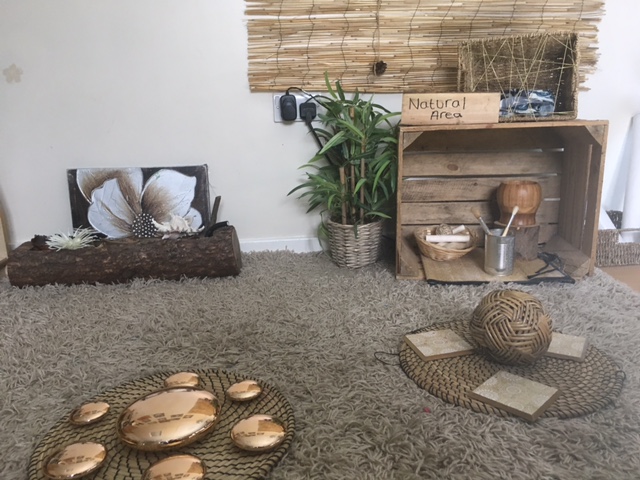
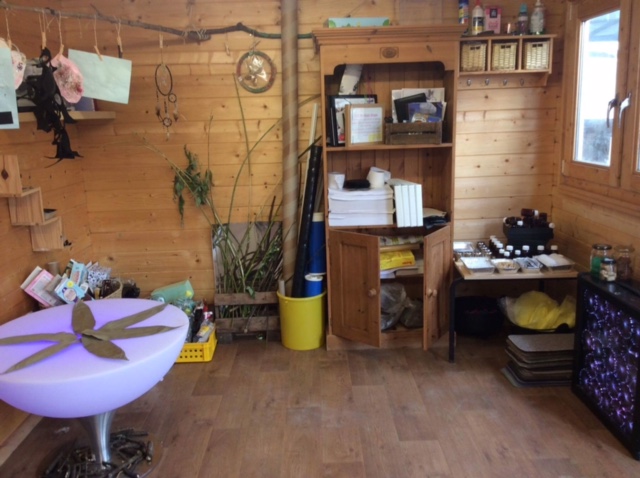
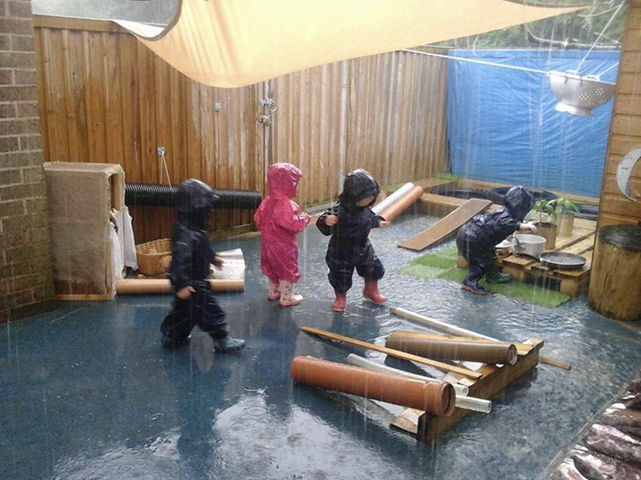
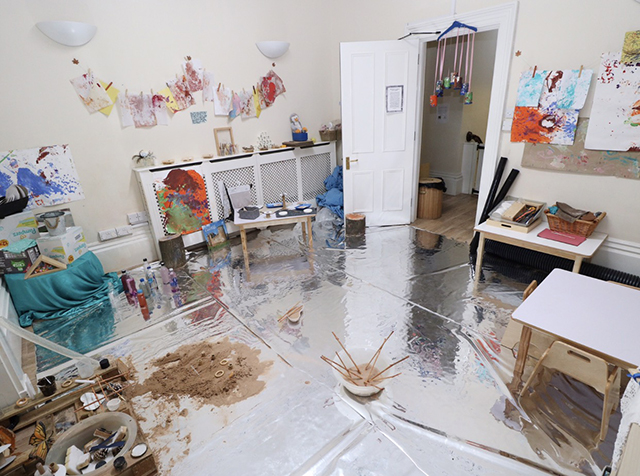
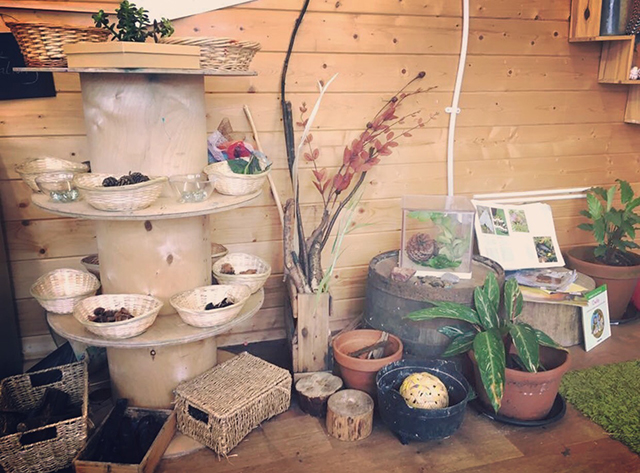



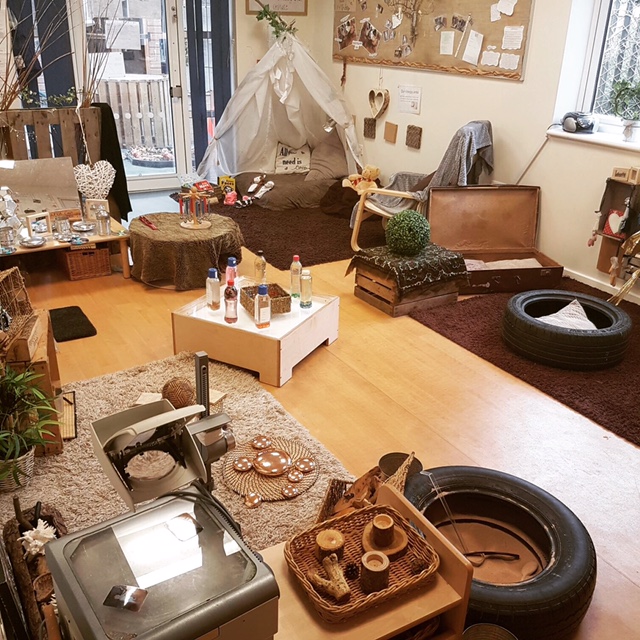
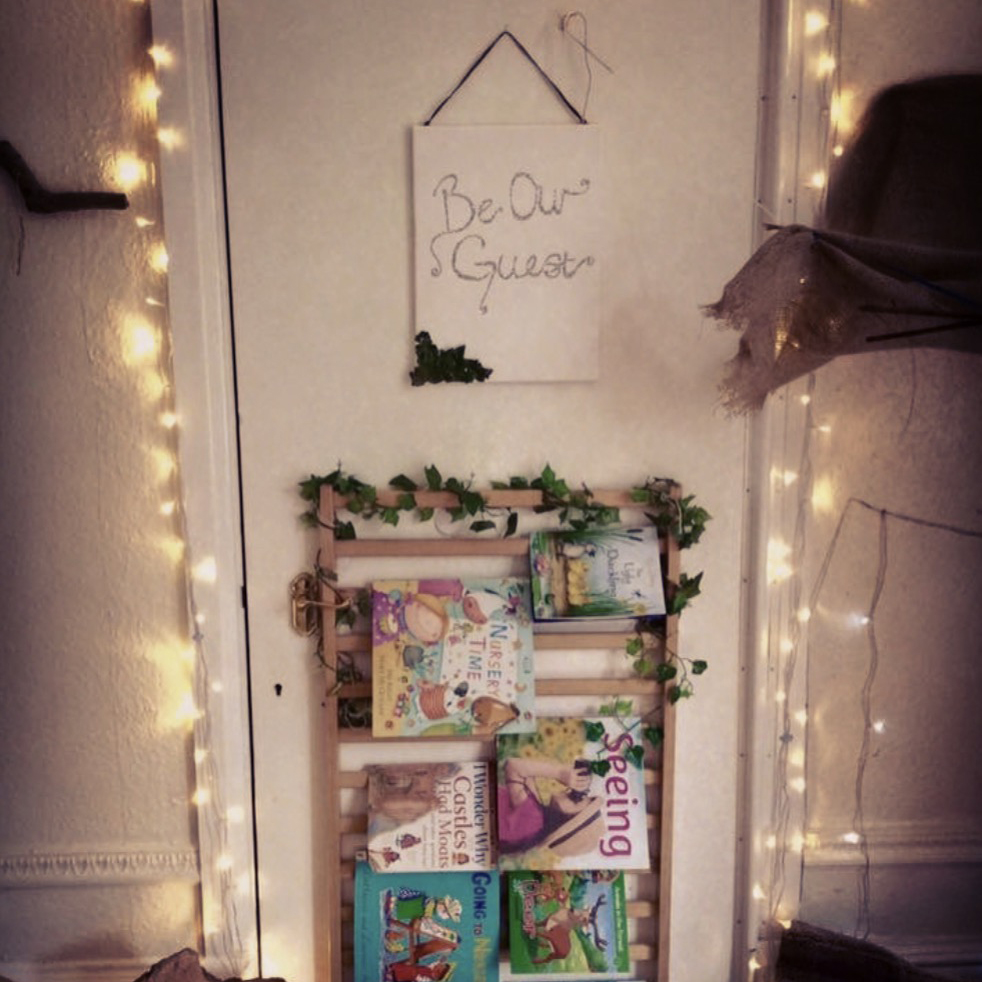


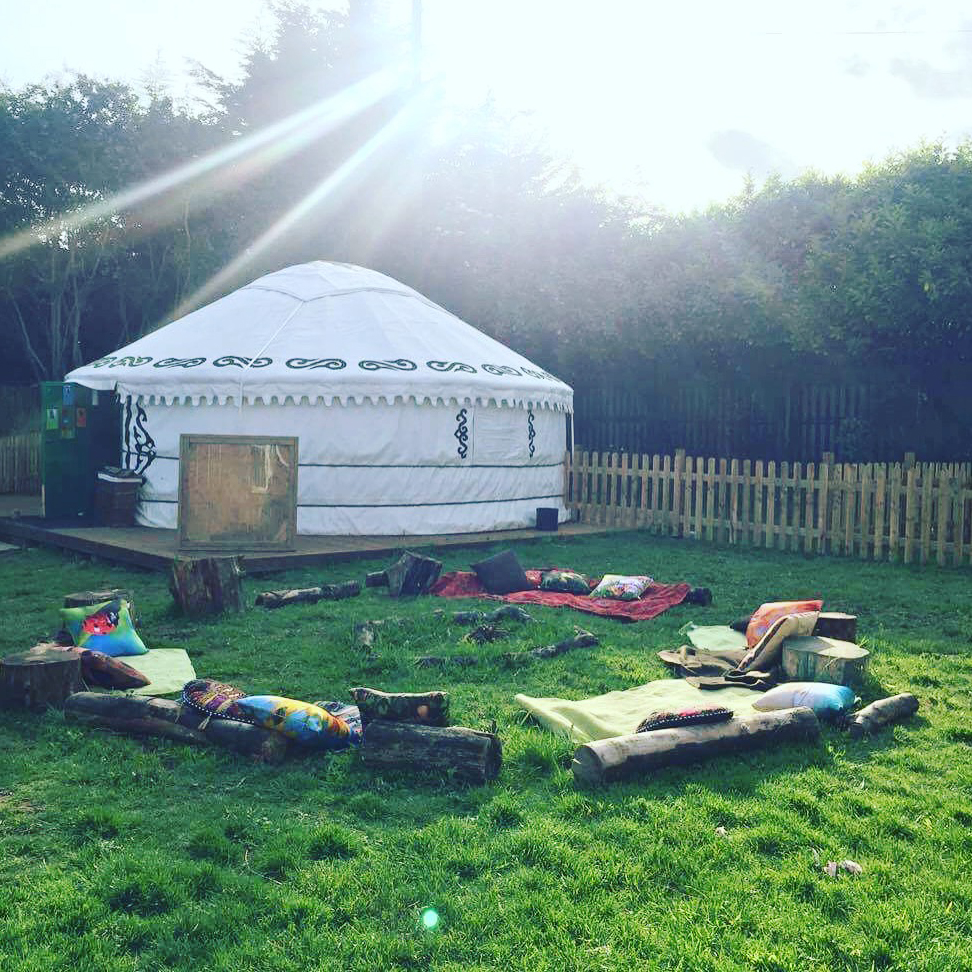
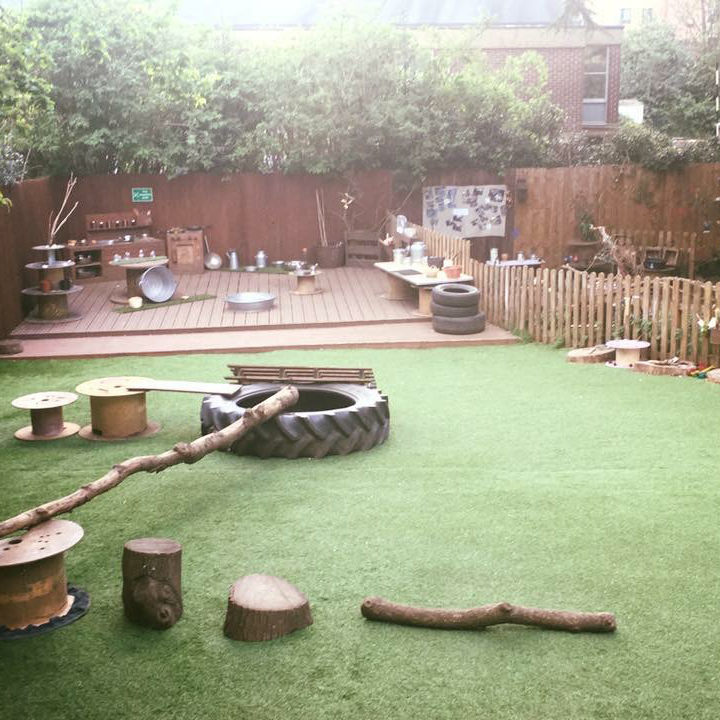
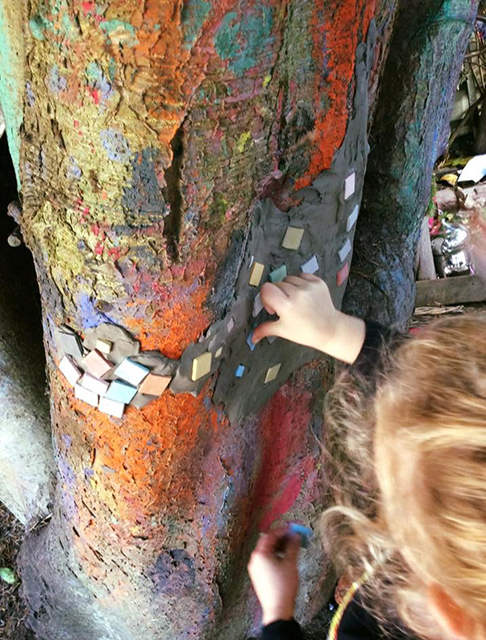
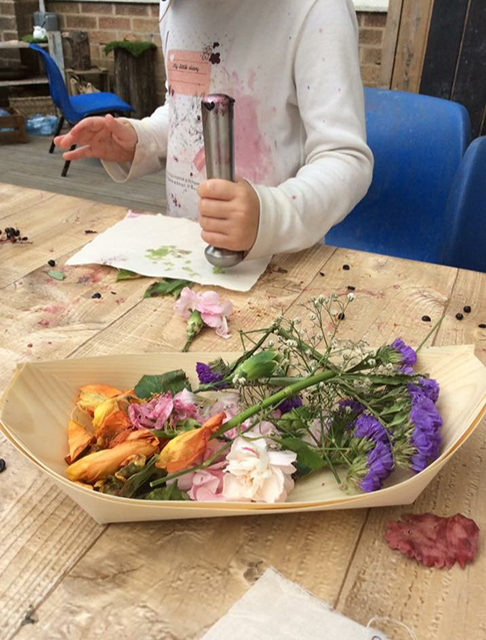
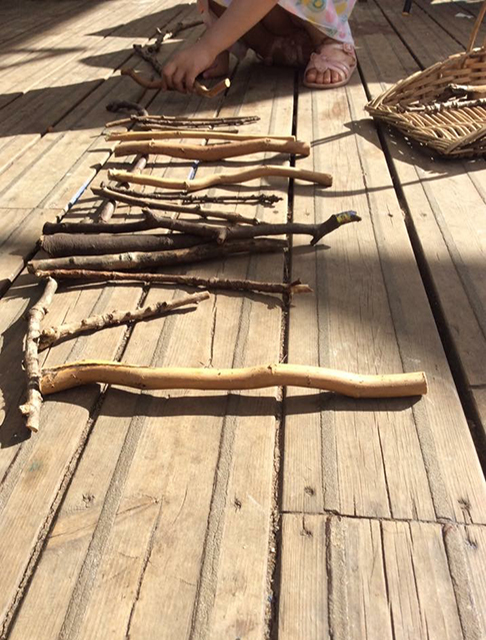
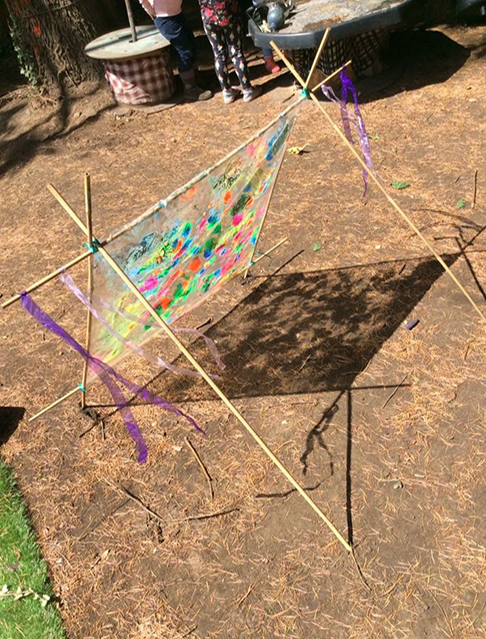
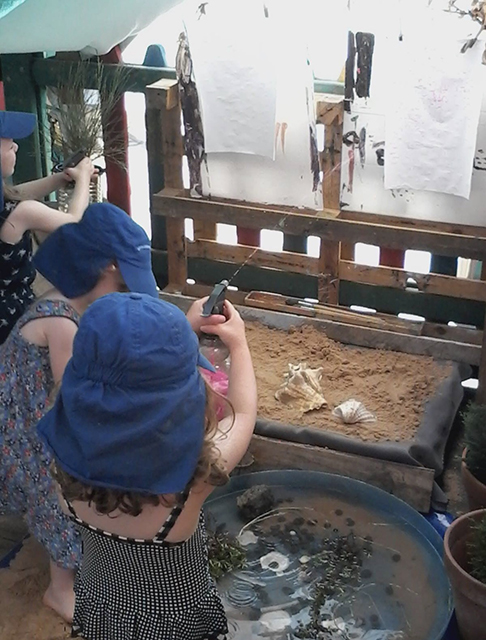

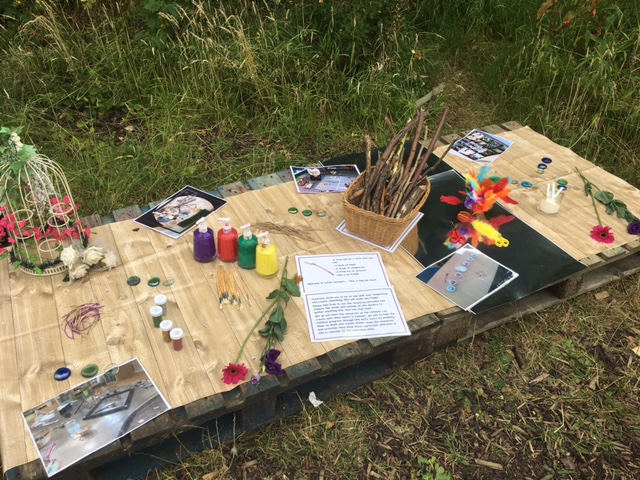
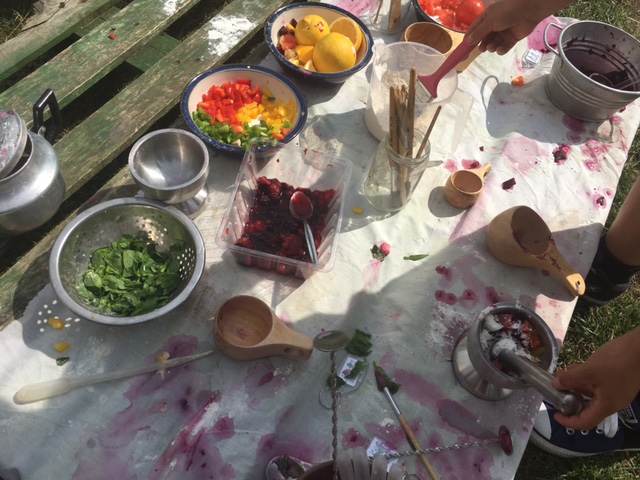
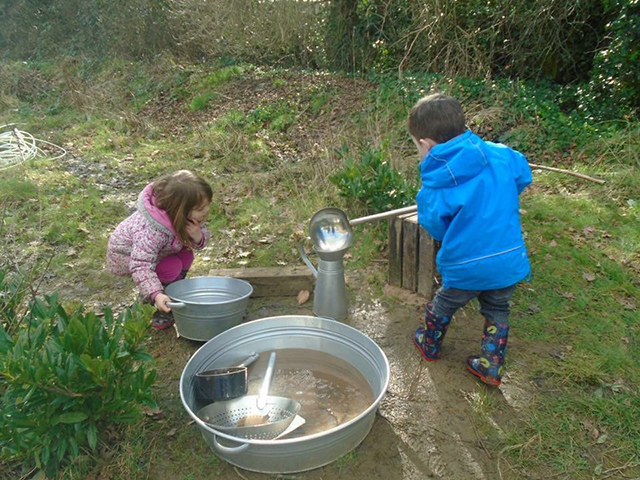
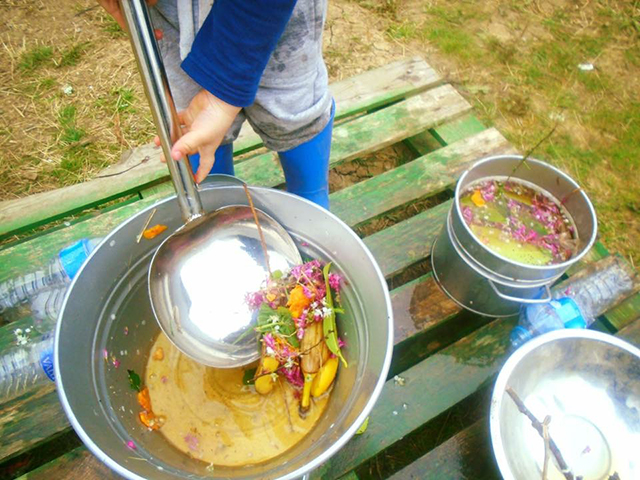
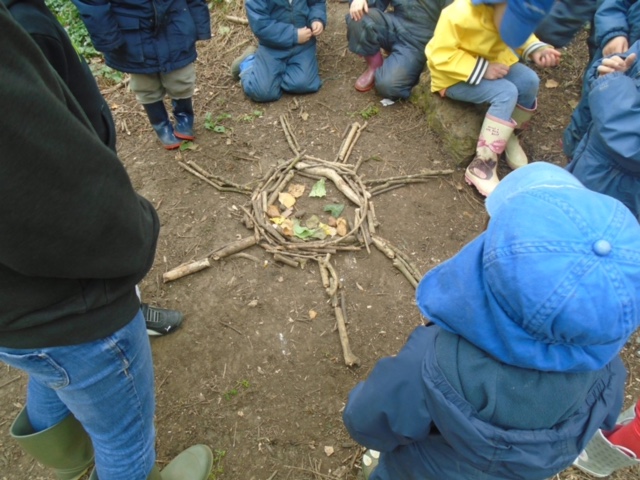
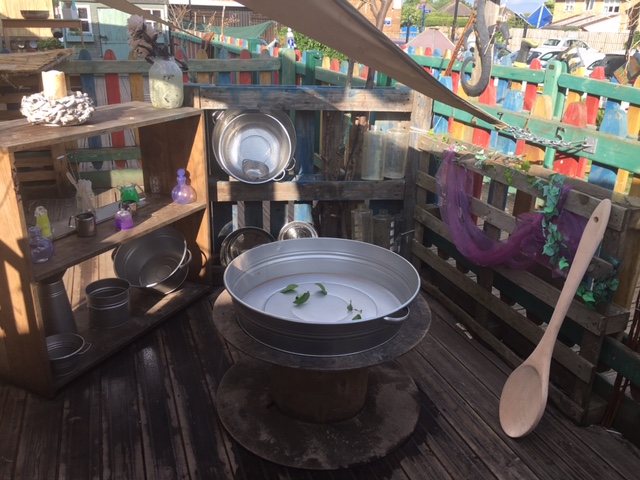






_201.jpg?sw=240)

